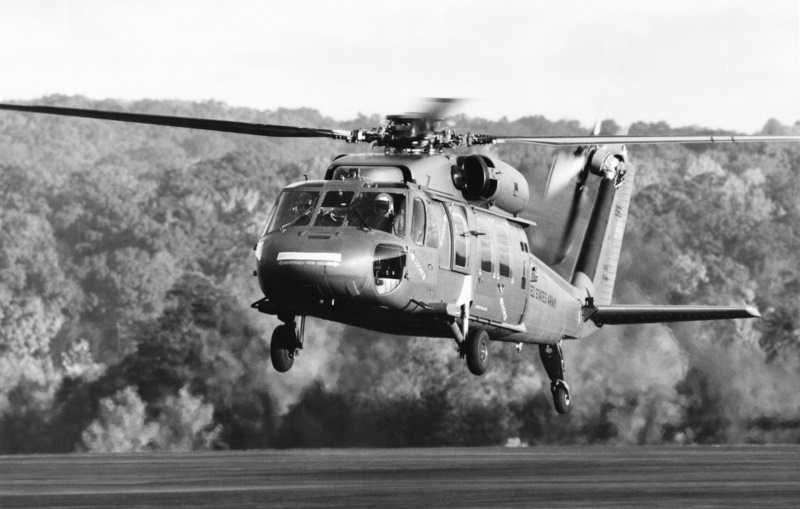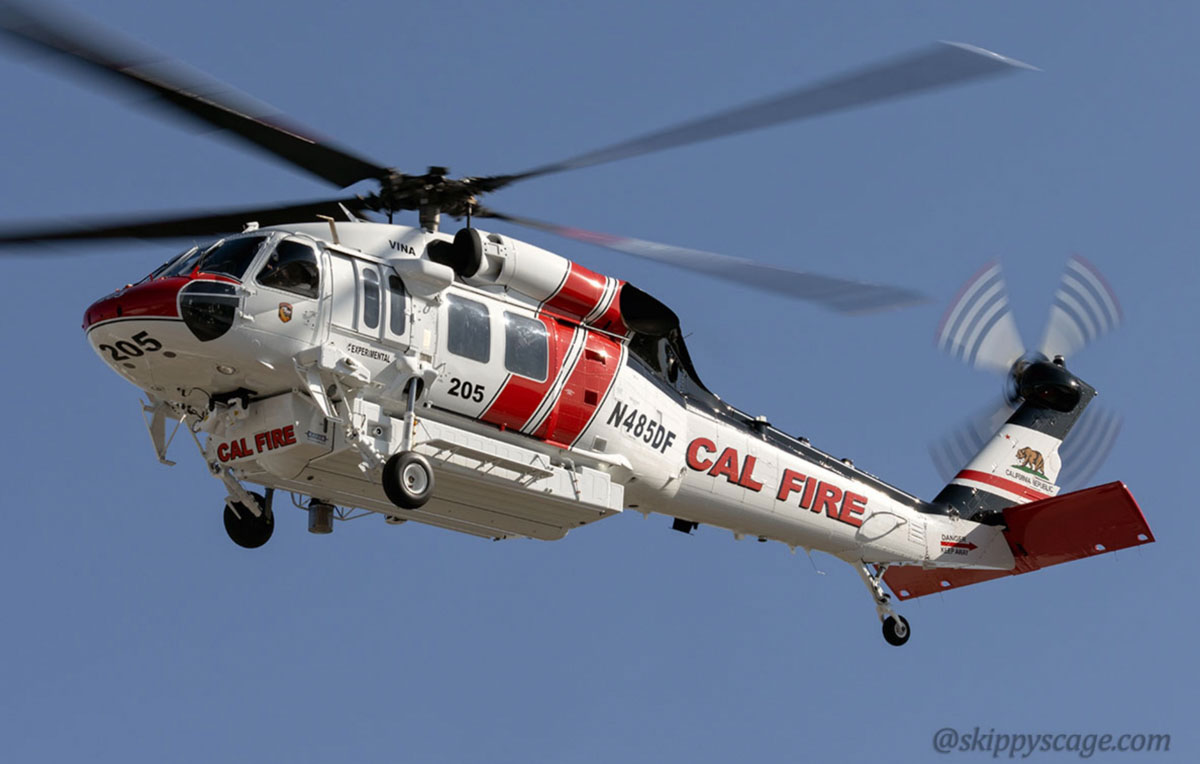Inside the Sikorsky S 70: What Establishes This Helicopter Apart from Its Rivals
Inside the Sikorsky S 70: What Establishes This Helicopter Apart from Its Rivals
Blog Article
High-Performance Multi-Role Rotorcraft Featuring Advanced Cabin Technologies and Integrated Sensing Unit Systems
The realm of rotorcraft innovation has actually seen notable innovations in current times, especially in the realm of high-performance multi-role rotorcraft equipped with innovative cockpit innovations and flawlessly incorporated sensor systems. These technologies have not just boosted the functional abilities of rotorcraft but have also substantially affected modern-day aeronautics operations on various fronts. From boosted mission flexibility to enhanced functional performance, the merging of sophisticated cabin innovations and integrated sensing unit systems has ushered in a new period of possibilities for rotorcraft applications. In the following discussion, we will certainly check out the evolution of rotorcraft innovation, explore the world of sophisticated cabin innovations, and check out the ramifications of integrated sensing unit systems on the operational flexibility and performance of contemporary rotorcraft.
Advancement of Rotorcraft Innovation
The evolution of rotorcraft modern technology has been marked by substantial developments in the rules of aerodynamics, products, and propulsion systems, forming the capabilities and performance of contemporary rotorcraft. Aerodynamic enhancements have actually boosted the efficiency and maneuverability of rotorcraft, enabling raised rate, dexterity, and security throughout flight (sikorsky s 70). Technologies in products, such as making use of composite products and progressed alloys, have actually brought about lighter yet stronger rotorcraft frameworks, enhancing general performance and sturdiness. In addition, advancements in propulsion systems, consisting of extra powerful engines and ingenious propulsion modern technologies, have actually allowed rotorcraft to attain greater elevations, faster speeds, and greater payloads.
These advancements have not just changed the capabilities of rotorcraft but have additionally broadened their applications throughout numerous markets, including military, commercial, and emergency situation services. The continuous advancement of rotorcraft technology proceeds to drive advancement in the field, pressing the borders of what is possible and forming the future of vertical flight.
Advanced Cabin Innovations
Structure upon the foundational innovations in aerodynamics, materials, and propulsion systems, the world of rotorcraft technology currently moves emphasis towards introducing Advanced Cockpit Innovations. The assimilation of sophisticated technologies within the cabin setting plays a vital function in boosting the operational capacities, security, and effectiveness of contemporary rotorcraft. sikorsky s 70. Advanced Cabin Innovations include a wide variety of features created to supply pilots with improved situational recognition, streamlined data monitoring, and user-friendly control interfaces
Among the vital advancements in cockpit layout is the implementation of glass cockpits, which replace conventional analog determines with high-resolution screens. These digital systems supply adjustable formats, real-time data integration, and enhanced readability, enabling pilots to gain access to important details at a glance. Progressed avionics systems, such as fly-by-wire controls and increased reality screens, are reinventing just how pilots connect with the aircraft, enabling for accurate control and improved decision-making abilities.


Including innovative cabin technologies not just improves pilot efficiency yet also adds to general mission effectiveness and safety in complicated functional settings. By leveraging cutting edge technologies within the cabin, rotorcraft producers are establishing brand-new requirements for operational quality and mission success.
Integrated Sensing Unit Solutions
With the evolution of rotorcraft innovation, the integration of innovative Integrated Sensing unit Systems has actually become extremely important in boosting operational effectiveness and security. These Integrated Sensor Equipments include a vast variety of innovations that offer critical data for numerous functions such as navigation, monitoring, targeting, and ecological monitoring. By effortlessly integrating sensing units like radars, cameras, lidar, and infrared systems into rotorcraft, drivers can profit from improved situational understanding, boosted mission capacities, and minimized pilot work.
One trick benefit of Integrated Sensing unit Equipments is their ability to gather real-time information and supply workable insights to pilots and mission operators. Progressed radar systems can discover and track targets over long ranges, allowing for early danger discovery and efficient response preparation. Furthermore, integrating infrared and electro-optical electronic cameras enables rotorcraft to carry out reconnaissance and monitoring objectives with accuracy and accuracy.
In essence, the integration of advanced sensor technologies right into rotorcraft not only improves operational efficiency however likewise contributes considerably to general objective success and crew safety. As rotorcraft proceed to advance, the function of Integrated Sensor Systems will unquestionably stay at the leading edge of advancement in the aerospace market.
Functional Adaptability and Effectiveness
Enhancing operational flexibility and effectiveness in rotorcraft is an all-natural progression visit the site from the integration of innovative Integrated Sensor Systems. By leveraging the understandings and information offered by these advanced sensing unit systems, rotorcraft can optimize their efficiency across various goals and atmospheres.
Functional adaptability includes the capacity of rotorcraft to adjust to different roles and circumstances effectively. With advanced cabin technologies and incorporated sensor systems, rotorcraft can flawlessly change in between tasks such as search and rescue, clinical evacuation, security, and a lot more. This news flexibility boosts the rotorcraft's capability to fulfill varied operational requirements without requiring comprehensive reconfiguration.
Performance in rotorcraft operations is crucial for taking full advantage of goal efficiency and source utilization. Integrated sensor systems play a pivotal duty in improving functional efficiency by offering real-time data on climate condition, surface mapping, target tracking, and much more. This information enables pilots to make educated decisions quickly, maximize trip paths, preserve fuel, and boost overall mission productivity.
Influence On Modern Aeronautics Operations

In addition, the combination of innovative sensors promotes enhanced mission planning and implementation, allowing rotorcraft to do a variety of tasks with boosted precision. From search and rescue procedures to airborne firefighting and law enforcement objectives, the abilities of modern-day rotorcraft equipped with sophisticated cabin technologies and incorporated sensing unit systems are unequaled.
Moreover, the effect of these innovations extends beyond functional efficiency to cost-effectiveness and sustainability. By enhancing trip paths, fuel intake, and maintenance schedules, high-performance rotorcraft outfitted with advanced cabin technologies and sensors add to decreasing functional prices and ecological influence, making them important properties in modern aviation operations.
Conclusion
To conclude, the high-performance multi-role rotorcraft with innovative cockpit technologies and integrated sensing unit systems represents a significant development in air travel innovation. These advancements boost functional versatility and efficiency, inevitably affecting modern aviation operations in a favorable means. The integration of these innovative technologies permits improved abilities and performance in various mission circumstances, showcasing the continued development of rotorcraft technology in the aeronautics sector.
The realm of rotorcraft innovation has Look At This seen notable developments in recent times, specifically in the world of high-performance multi-role rotorcraft furnished with advanced cockpit technologies and seamlessly integrated sensor systems. From boosted objective convenience to improved functional effectiveness, the merging of sophisticated cockpit technologies and incorporated sensor systems has actually ushered in a brand-new age of possibilities for rotorcraft applications. In the following conversation, we will explore the advancement of rotorcraft innovation, delve into the realm of innovative cockpit developments, and examine the implications of integrated sensing unit systems on the operational convenience and effectiveness of contemporary rotorcraft.

Report this page